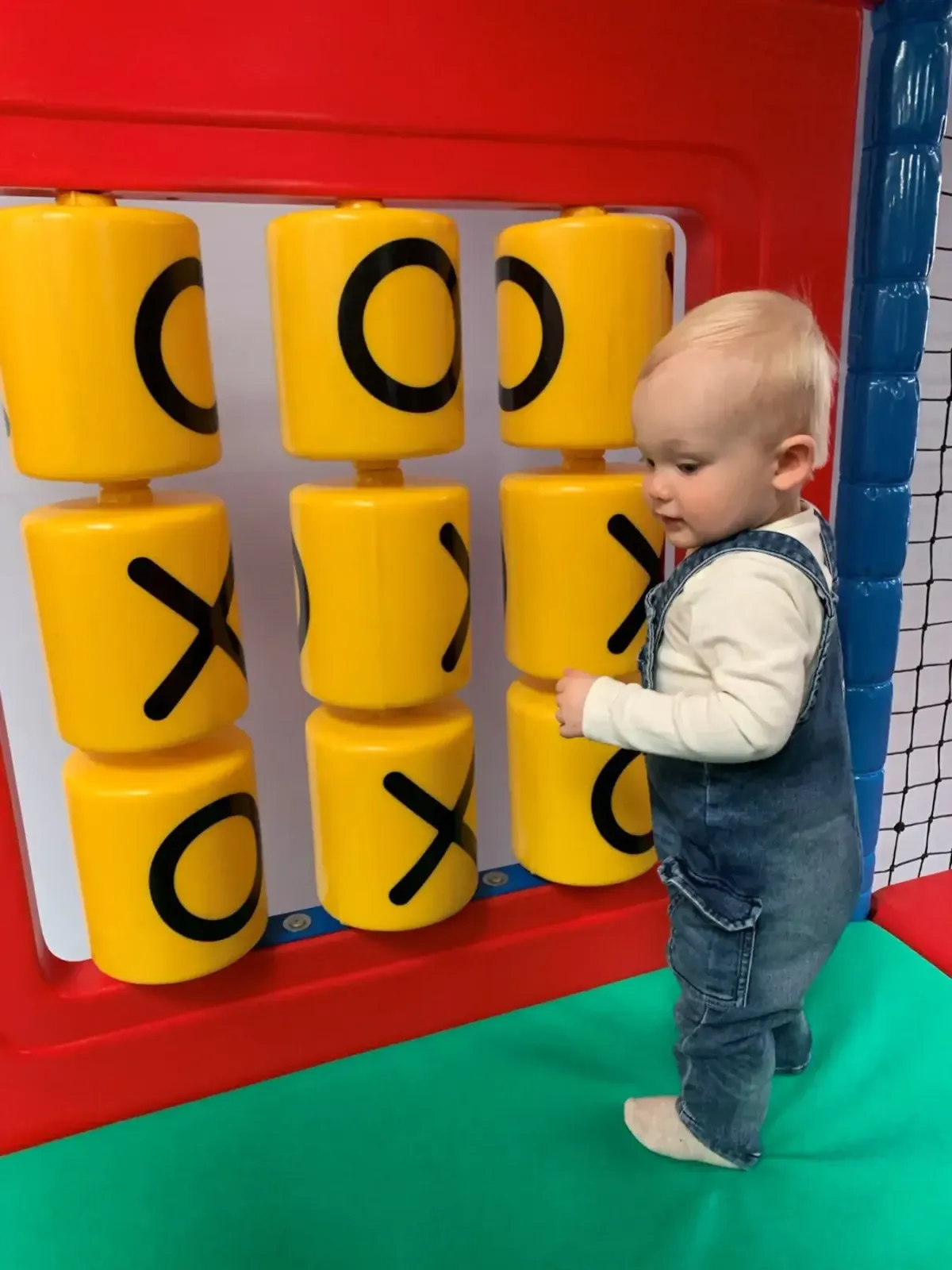
The Magic of Independent Play: Why It Matters and How to Encourage It
The Magic of Independent Play: Why It Matters and How to Encourage It
Picture this: You finally sit down with a hot cup of tea, ready to enjoy five whole minutes of peace. Just as you lift the cup: “Mum! I’m bored!”
Sound familiar? It often feels like children have a built-in alarm that alerts them the moment their parents attempt to relax. But independent play is the secret to breaking this cycle. It’s not just about giving you a breather (though that’s certainly a nice bonus) it’s also key to helping children develop creativity, problem-solving skills and confidence.
Independent play matters because it teaches children to rely on their own imagination rather than constant external entertainment. It boosts creativity as they turn everyday objects into adventures. A pile of cushions becomes a castle, a cardboard box transforms into a spaceship and the living room rug is suddenly an ocean full of sharks. It also helps them build problem-solving skills, as they figure out how to balance blocks without them falling or invent solutions when their toy car gets stuck. Encouraging solo play fosters independence, so they don’t always need someone else to create fun for them. And, of course, it gives parents a well-earned moment to themselves.
If your child struggles to play alone, don’t worry. Independent play is a skill, and like any skill, it can be nurtured with a few simple strategies.
Start small and gradually extend playtime. If your child is used to having company all the time, they won’t suddenly entertain themselves for an hour. Begin by sitting with them for a few minutes and then stepping away while they’re focused. Say something like, “I’m just popping into the kitchen, keep playing!” Over time, they’ll become more comfortable playing without you right next to them.
Make play irresistible by setting up an “invitation to play”. Sometimes children struggle to get started, so a little nudge helps. Leave out some playdough with a few cookie cutters, set up toy animals on a “jungle adventure” or begin a LEGO build but leave it half-finished so they’re tempted to complete it. A simple but intriguing setup can draw them in and get their imagination going.
Let boredom do its job. Although it’s tempting to rush in with solutions when your child complains they have nothing to do, resist the urge. Boredom is the gateway to creativity. Instead of suggesting activities, try saying, “Hmm, sounds like your brain is warming up! I bet you’ll think of something fun soon.” Give them space, and before long, they’ll be building a fort or turning a tea towel into a superhero cape.
A boredom box can be a lifesaver. Fill a box with simple, open-ended items such as stickers and paper, pipe cleaners, small action figures, a torch or a bag of assorted LEGO pieces. Whenever your child says they’re bored, direct them to the box and let their curiosity take over.
Resist the temptation to fix everything for them. If they call for help every time their tower falls or they can’t get a doll’s dress to stay on, encourage them to problem-solve instead. Ask questions like, “What else could you try?” or “How could you make it stay up?” Learning to work through challenges independently is an important part of play.
Another fun trick is giving them a role or mission. Children love feeling important, so turn play into a purposeful task. Suggest they be a zookeeper looking after their stuffed animals, a builder creating a new LEGO city or a scientist investigating a mysterious puddle in the garden. Framing play as a special job can make it more engaging.
If your child struggles with solo play, using a timer can help. Challenge them by saying, “Let’s see if you can keep playing until the timer beeps!” Start with five minutes and gradually extend the time. Turning it into a game makes independent play feel like an achievement.
If independent play still isn’t happening, consider whether the environment is overwhelming. Too many toys can sometimes make it harder to focus. Try rotating toys so that fewer are available at any given time, making them feel fresh and exciting. Also, tailor play to their interests. If they love dinosaurs, set up a “dinosaur dig” with hidden toy fossils. If they enjoy drawing, leave out paper and markers for them to discover. And most importantly, be patient. Some children naturally prefer social play, and that’s okay. Encourage them, but don’t force it.
Independent play isn’t just about giving parents a moment of peace. It teaches children to be creative, resilient and self-sufficient. So next time you hear, “I’m bored!”, take a deep breath, hand them a cardboard box and let the magic happen.